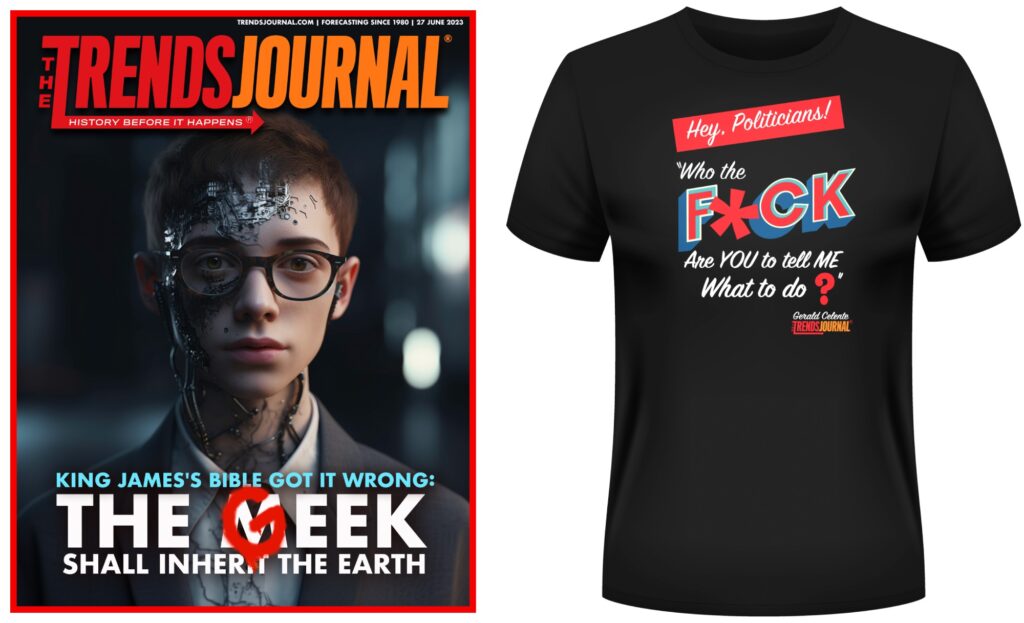|
|
Last year’s economic crisis has divided the world of shopping malls in two.
So-called “Class A” malls, offering luxury shops and top-tier restaurants to well-off households that held their jobs through 2021, have survived more or less intact and are still able to charge premium rents.
In contrast, owners of Class B and C malls, which have been anchored by second-tier stores such as Sears or JCPenney, are scrambling to unload poor performers.
These centers tend to be older, shabbier, serve working-class clienteles, and are concentrated in areas where the economic crisis erased jobs and shrank paychecks.
Retail chains that failed during the crisis tended to be more numerous among B and C malls, giving shoppers even fewer reasons to visit them, according to the Wall Street Journal.
Since November, three publicly-traded mall owners have filed for bankruptcy.
International mall owner Unibail-Rodamco-Westfield sold three such U.S. malls last year and hopes to further thin its 25-mall U.S. portfolio, executives said in an earnings call last week cited by the WSJ.
In 2018, Unibail bought Westfield Group and its 33 malls for almost $16 billion, taking on stellar properties such as Manhattan’s Westfield World Trade Center and the Westfield Garden State Plaza in New Jersey.
Recently, however, the company simply walked away from four U.S. malls, surrendering the properties back to lenders.
“We have other direct off-market discussions as well on regional malls that are part of this strategy to really streamline our portfolio,” CEO Jean-Marie Trifant said in the earnings call.
In recent months, Simon Property Group, the largest U.S mall owner, stopped paying debt on two malls, letting lenders foreclose.
“For a large number of B and C malls, there is just no equity left,” Manus Clancy, senior marketing director at real estate services firm Trepp. Told the WSJ. (See “Pall on Malls,” Trends Journal, 9 September, 2020.)
“COID-19 might have hastened the process of owners giving up on malls, but it wasn’t the core reason for the current issues,” he noted.
TREND FORECAST: As Gerald Celente predicted in Trends 2000, his best-selling 1996 book, that there would be a “Pall on the Malls”… shopping malls in the new millennium would become a fading phenomenon. Some will endure, serving people who are financially comfortable and like the experience of shopping in person; many more will fail.
Some mall owners are scrambling to reinvent their vacant spaces as gyms and yoga studios, walk-in medical clinics, or spaces for community colleges or corporate offices.
However, as we reported in “Mall Owners Facing Ultimatums” (Trends Journal, 3 November, 2020), only 15 percent of these conversions have been financially successful.

 العربية
العربية 简体中文
简体中文 Nederlands
Nederlands English
English Français
Français Deutsch
Deutsch עִבְרִית
עִבְרִית Italiano
Italiano 日本語
日本語 한국어
한국어 Latin
Latin Polski
Polski Português
Português Русский
Русский Español
Español ไทย
ไทย Türkçe
Türkçe Українська
Українська Tiếng Việt
Tiếng Việt

